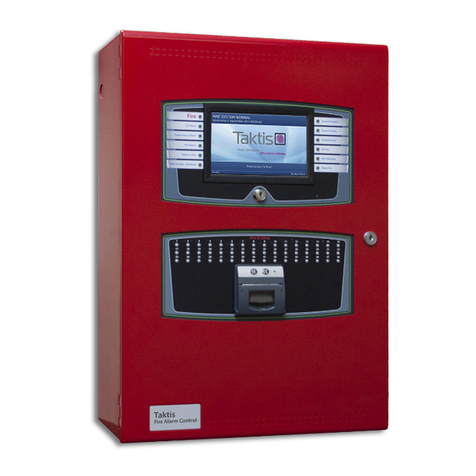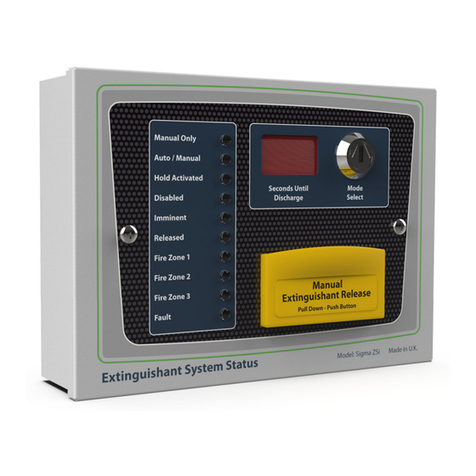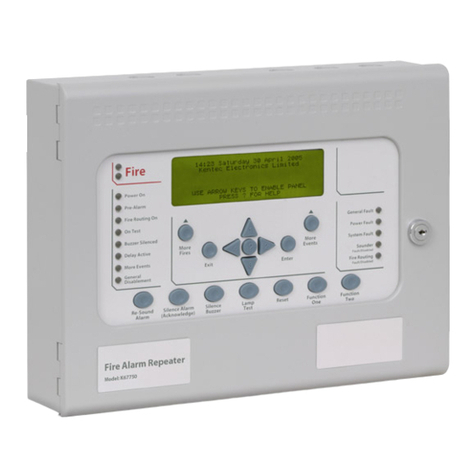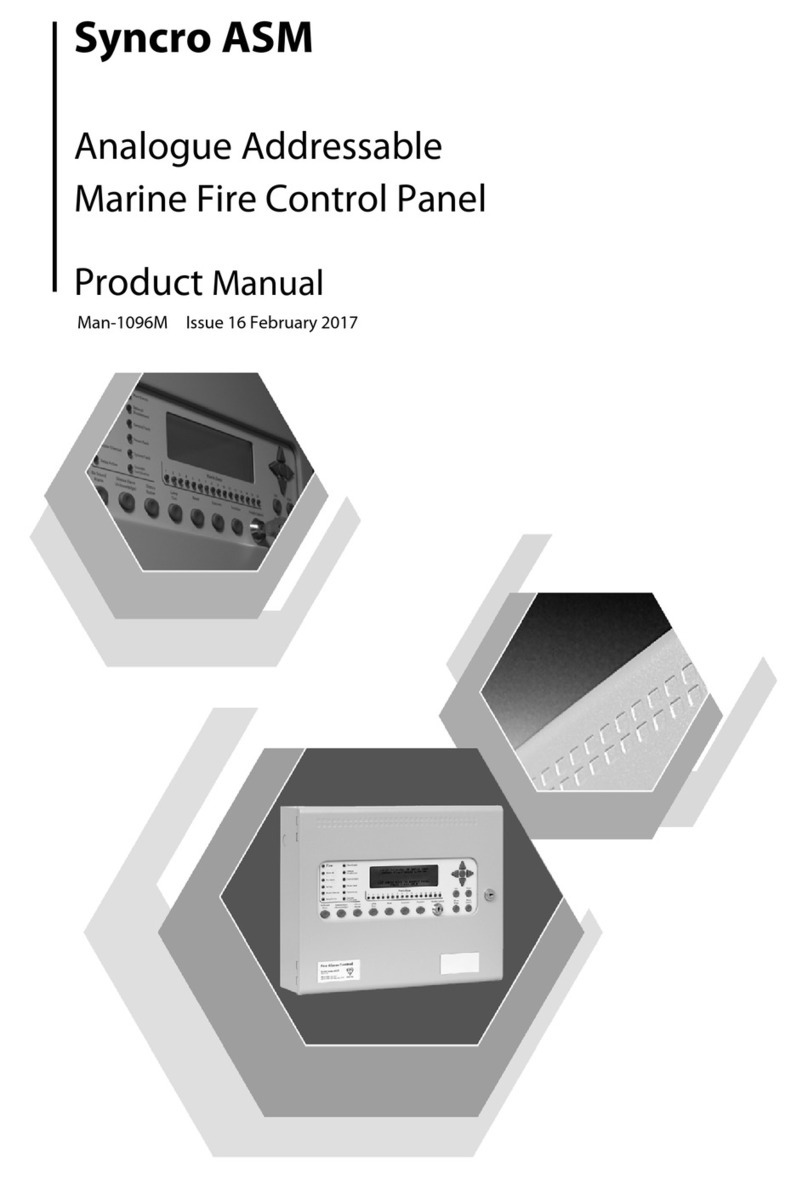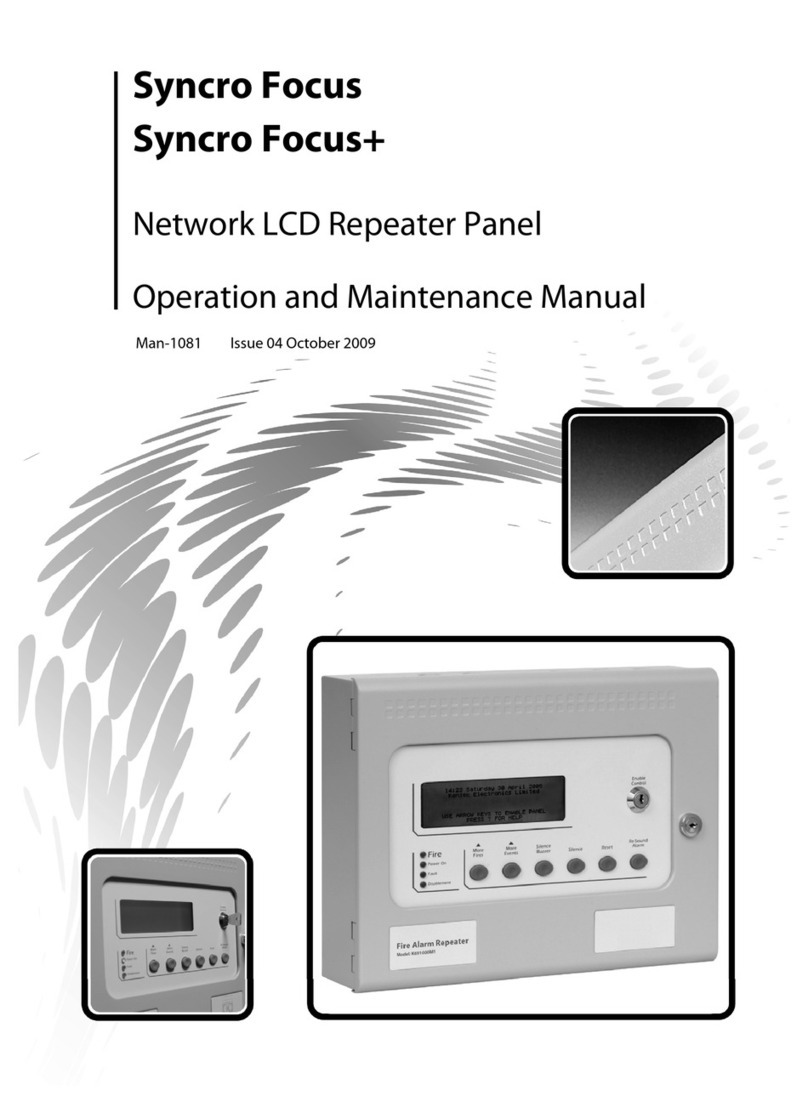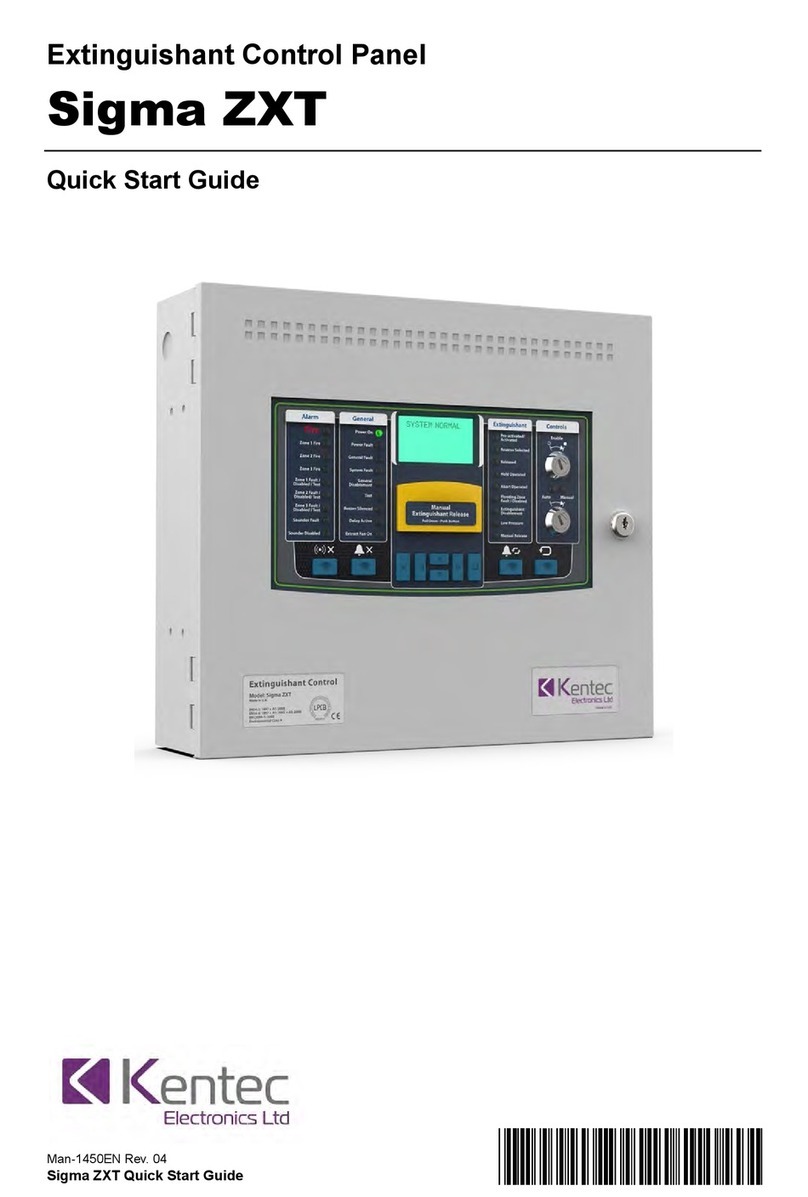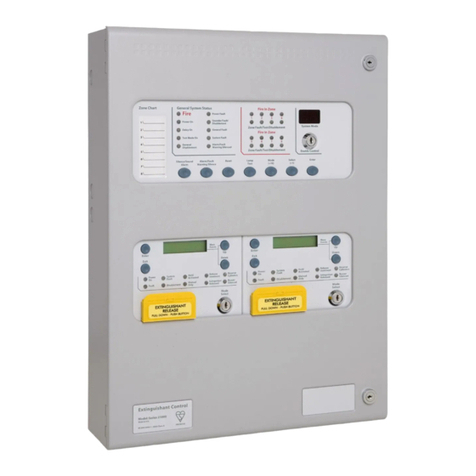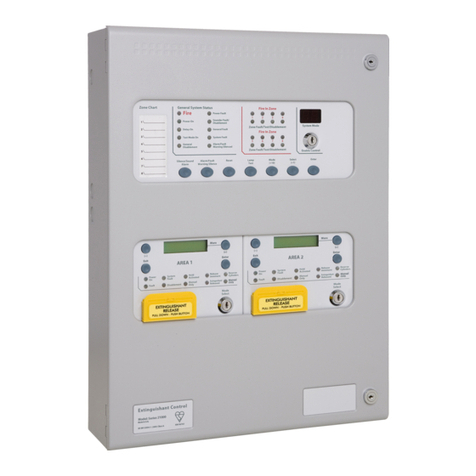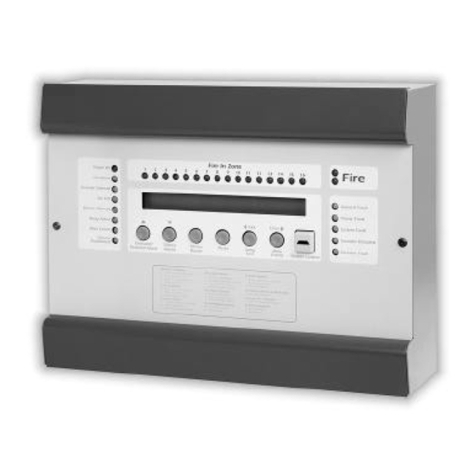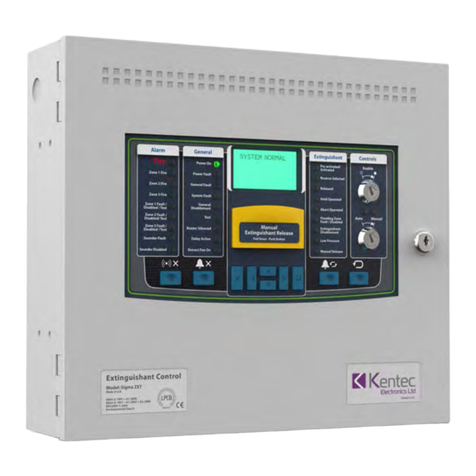Product Manuals/Man-1088_Sigma XT_26 Page 2 of 40
Index Page
1. Introduction.................................................................................................................................. 4
2. Safety and mounting.................................................................................................................... 5
2.1 Safety.............................................................................................................................5
2.2 Mounting.........................................................................................................................6
3. Technical specification................................................................................................................. 7
4. Control panel fascia................................................................................................................... 10
5. Connecting to the circuit board.................................................................................................. 12
6. Detection zone wiring................................................................................................................. 13
7. Sounder circuit wiring................................................................................................................. 13
8. Using intrinsically safe barriers .................................................................................................. 14
9. Connection to monitored inputs ................................................................................................. 15
10. Connection to extinguishant output.......................................................................................... 15
10.1 Solenoid wiring............................................................................................................. 15
10.2 Igniting actuator wiring..................................................................................................16
10.3 Setting up extinguishant monitoring circuit....................................................................... 16
Adjustment......................................................................................................................... 16
For 3 or more actuators ........................................................................................................ 17
For 1 or 2 actuators.............................................................................................................. 17
11. Connection to remote control terminals................................................................................... 18
12. Aux 24V DC supply.................................................................................................................. 18
13. Connection to relay contacts.................................................................................................... 19
13.1 Fault relay ................................................................................................................... 19
13.2 Local fire relay.............................................................................................................. 19
13.3 Fire relay..................................................................................................................... 19
13.4 1st stage alarm ............................................................................................................. 19
13.5 2nd stage alarm ............................................................................................................ 19
13.6 Extract relay ................................................................................................................ 19
14. Connection and configuration of status units and ancillary boards.......................................... 20
14.1 Adding new status units/ancillary boards.......................................................................... 20
14.2 Removing status units/ancillary boards ............................................................................ 21
15. Panel operation........................................................................................................................ 21
15.1 Normal condition .......................................................................................................... 21
15.2 Single zone Fire condition .............................................................................................. 21
15.3 Double zone Fire condition ............................................................................................. 22
15.4 Manual Release ............................................................................................................ 22
15.5 Silence/sound alarms ....................................................................................................22
15.6 Reset.......................................................................................................................... 22
15.7 Zone fault.................................................................................................................... 22
15.8 Sounder fault ............................................................................................................... 22
15.9 Power fault .................................................................................................................. 22
15.10 System fault............................................................................................................... 23
15.11 General fault .............................................................................................................. 23
15.12 Lamp test .................................................................................................................. 23
15.13 Hold condition ............................................................................................................ 23
15.14 Released condition ......................................................................................................23
15.15 Low pressure switch ....................................................................................................23
15.16 Test mode.................................................................................................................. 23
15.17 Change mode.............................................................................................................24
15.18 Extract fan................................................................................................................. 24
15.19 Disablements ............................................................................................................. 24
15.20.1 Disable zones...........................................................................................................................24
15.20.2 Disable sounders......................................................................................................................24
15.20.3 Activate delays.........................................................................................................................24
15.20.4 Disable fault contact .................................................................................................................24
15.20.5 Disable extinguishant subsystem................................................................................................24
15.20.6 Disable 1st stage contact ...........................................................................................................24
15.20.7 Disable 2nd stage contact...........................................................................................................24
